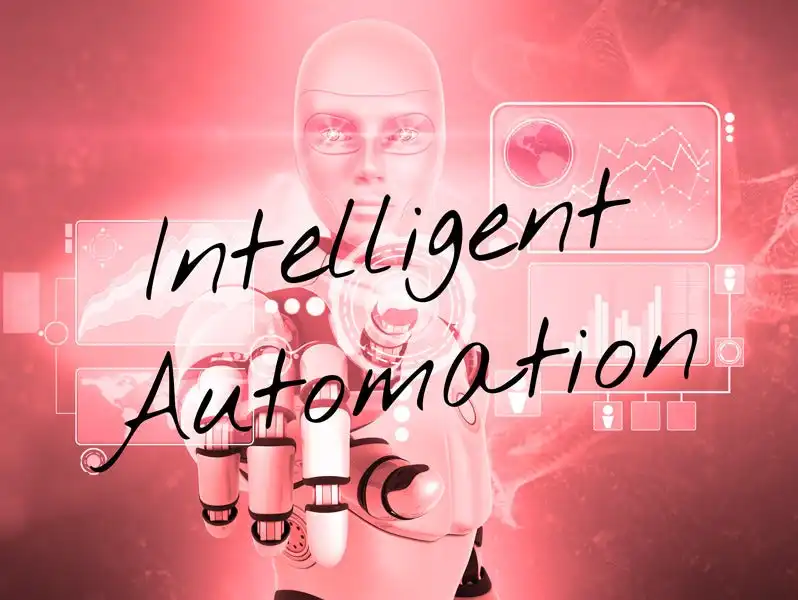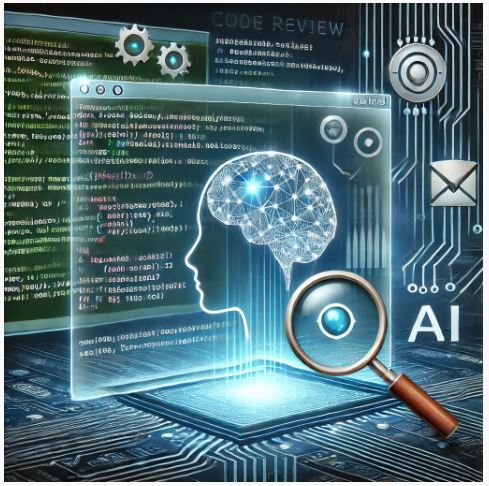Table of Contents
Artificial Intelligence (AI) in Software Development is revolutionizing the software development lifecycle (SDLC), encompassing everything from planning and coding to testing and deployment. This integration of AI in software development enhances efficiency, precision, and innovation across all stages. This article delves into how AI transforms each phase of the SDLC, equipping developers with advanced tools to craft superior software more swiftly and with fewer errors.

1. AI in Planning and Requirements
AI tools help streamline the initial planning phase. They can analyze data from user feedback, market trends, and previous projects to offer insights. Using Natural Language Processing (NLP), these tools can summarize complex data, aiding in clear and precise requirement gathering. This capability helps in defining project scopes and identifying user needs early.
2. Automated Code Generation
Automated code generation is a transformative aspect of AI in software development. This technology uses advanced algorithms and machine learning models to automatically generate code snippets, functions, or even entire modules. It significantly reduces the time and effort required for manual coding, allowing developers to focus more on complex problem-solving and architectural design.
How It Works:
Automated code generation typically begins with an AI model trained on vast datasets of existing code. This training allows the AI to learn syntax, patterns, and best practices from a variety of programming languages and frameworks. When a developer inputs a natural language prompt or a partial code snippet, the AI interprets this input and suggests relevant code completions or generates new code that matches the specified requirements.
For example, tools like GitHub Copilot, powered by OpenAI’s Codex, can understand context from previously written code and provide relevant suggestions. If a developer is working on a function to sort an array, the AI can automatically suggest the appropriate sorting algorithm based on the language and context. This feature not only speeds up the coding process but also helps maintain consistency and reduce errors.
Advantages of Automated Code Generation:
- Efficiency and Speed: By automating repetitive coding tasks, AI-driven code generation accelerates the development process. Developers can quickly move from conceptualization to implementation, as AI handles the routine aspects of coding.
- Error Reduction: Automated code generation reduces the likelihood of syntax errors, typos, and other common mistakes. AI models trained on best practices ensure that the generated code adheres to industry standards, improving overall code quality.
- Knowledge Transfer: AI tools can help less experienced developers learn coding standards and practices by providing examples and templates. This educational aspect can be particularly valuable in team settings, where maintaining a consistent coding style is crucial.
- Versatility Across Languages: These tools are versatile, capable of working with multiple programming languages. This versatility allows developers to switch between languages or frameworks more easily, as the AI can assist with syntax and idiomatic expressions unique to each language.
- Enhanced Collaboration: In collaborative environments, automated code generation can streamline the review process. AI-generated code can serve as a baseline, which human developers can refine and optimize. This collaborative approach leverages both machine efficiency and human creativity.
Challenges and Considerations:
Despite its benefits, automated code generation has its limitations. One of the main concerns is the potential for AI to produce suboptimal or insecure code. AI models may not fully understand the nuanced requirements of a specific project, leading to suggestions that are not perfectly aligned with the developer’s intent. Additionally, there are concerns about over-reliance on AI-generated code, which could hinder a developer’s growth and understanding of programming fundamentals.
To address these challenges, it is essential to use AI as a complementary tool rather than a replacement for human expertise. Developers should review and refine AI-generated code, ensuring it meets the project’s specific requirements and quality standards.
Future Directions:
As AI continues to evolve, the capabilities of automated code generation are expected to expand. Future developments may include more sophisticated understanding of context, better integration with various development environments, and enhanced ability to generate more complex and domain-specific code. Additionally, advancements in natural language processing (NLP) could enable more intuitive interactions with AI tools, allowing developers to describe desired functionality in everyday language and receive accurate code suggestions.
Automated code generation represents a significant leap forward in software development, offering numerous benefits while also presenting new challenges. By leveraging AI, developers can achieve greater efficiency, reduce errors, and focus on more strategic aspects of their work, ultimately leading to more innovative and reliable software solutions.
3. Enhanced Developer Productivity
Integrated Development Environments (IDEs) with AI capabilities significantly boost developer productivity. These IDEs offer smart code completion, refactoring options, and bug detection. They analyze the code in real-time, providing recommendations that help maintain consistency and follow best practices.
4. AI in Testing and Quality Assurance
AI is revolutionizing software testing by automating the creation and execution of test cases. AI tools can detect patterns in data, helping to identify potential bugs and areas that need more testing. They also prioritize test cases based on predicted impact, making the testing process more efficient and thorough.
5. Continuous Integration and Continuous Deployment (CI/CD)
In the CI/CD pipeline, AI automates many steps, from integrating code changes to deploying software. This automation minimizes manual intervention, reduces deployment errors, and speeds up the release cycle. AI algorithms can monitor the deployment process in real-time, quickly identifying and resolving issues.
6. Monitoring and Maintenance
Post-deployment, AI helps monitor software performance. AI tools can detect anomalies, predict potential failures, and alert teams to issues before they escalate. Machine learning models analyze user interactions and system logs, providing insights that help in maintaining software health and user satisfaction.
7. Apply AI to Software Development in the future
Looking ahead, AI will continue to evolve, offering even more sophisticated tools and capabilities. AI systems are becoming increasingly capable of learning from their interactions with developers and adapting to specific project needs. This evolution will make AI an even more integral part of software development.
Ethical Considerations and Challenges
Despite its benefits, integrating AI to Software Development still presents challenges, such as data privacy, algorithmic bias, and job displacement. Companies must address these issues by implementing transparent and ethical AI systems. Ensuring data security and providing opportunities for workforce upskilling are also crucial.
Conclusion
AI is significantly enhancing the software development lifecycle by improving efficiency, accuracy, and innovation. From automated code generation to advanced testing and CI/CD processes, AI tools are making a profound impact. As these technologies continue to develop, they will become even more embedded in software development, offering new possibilities and challenges.
For further reading and insights on AI’s impact on technology, check out our series on AI advancements across various industries.








